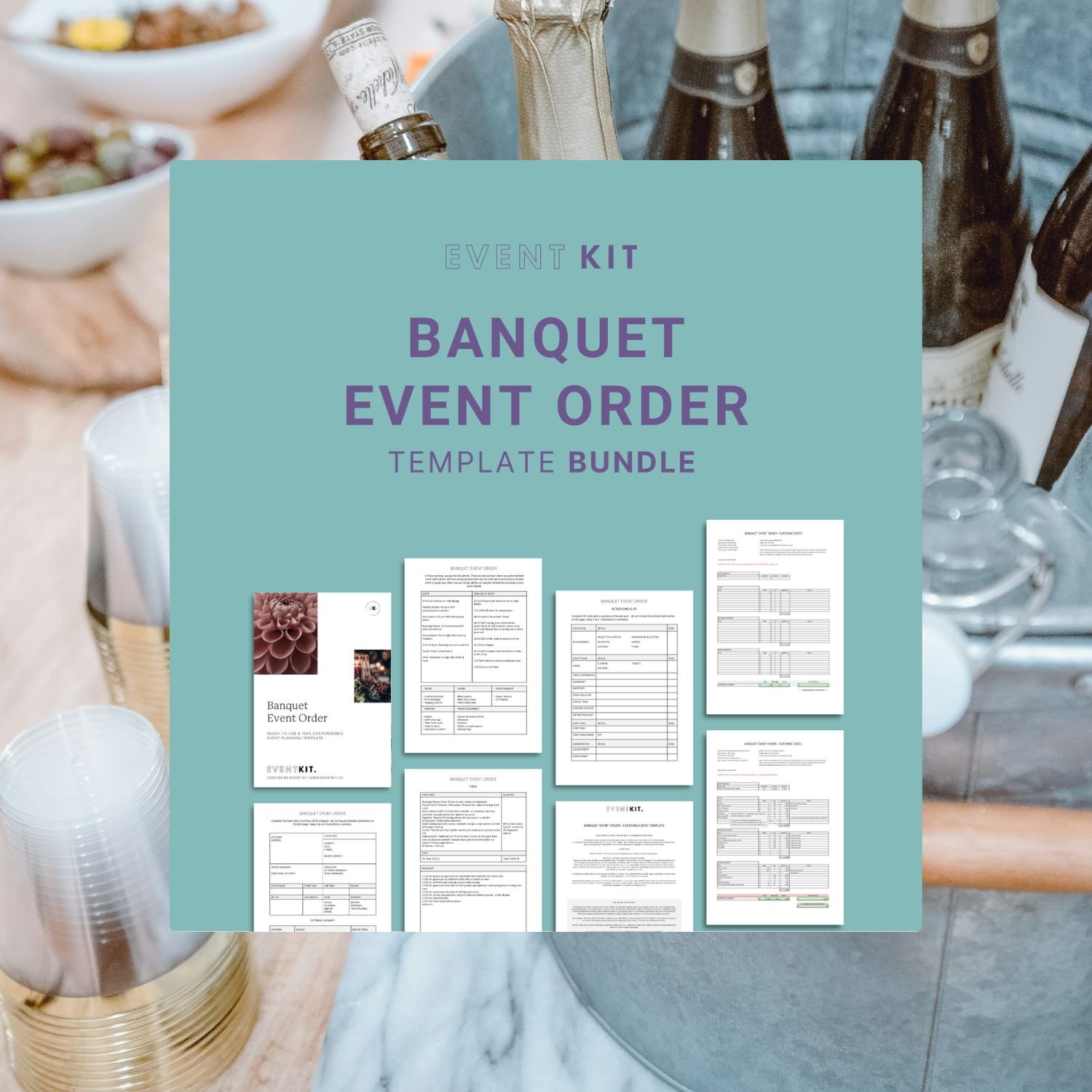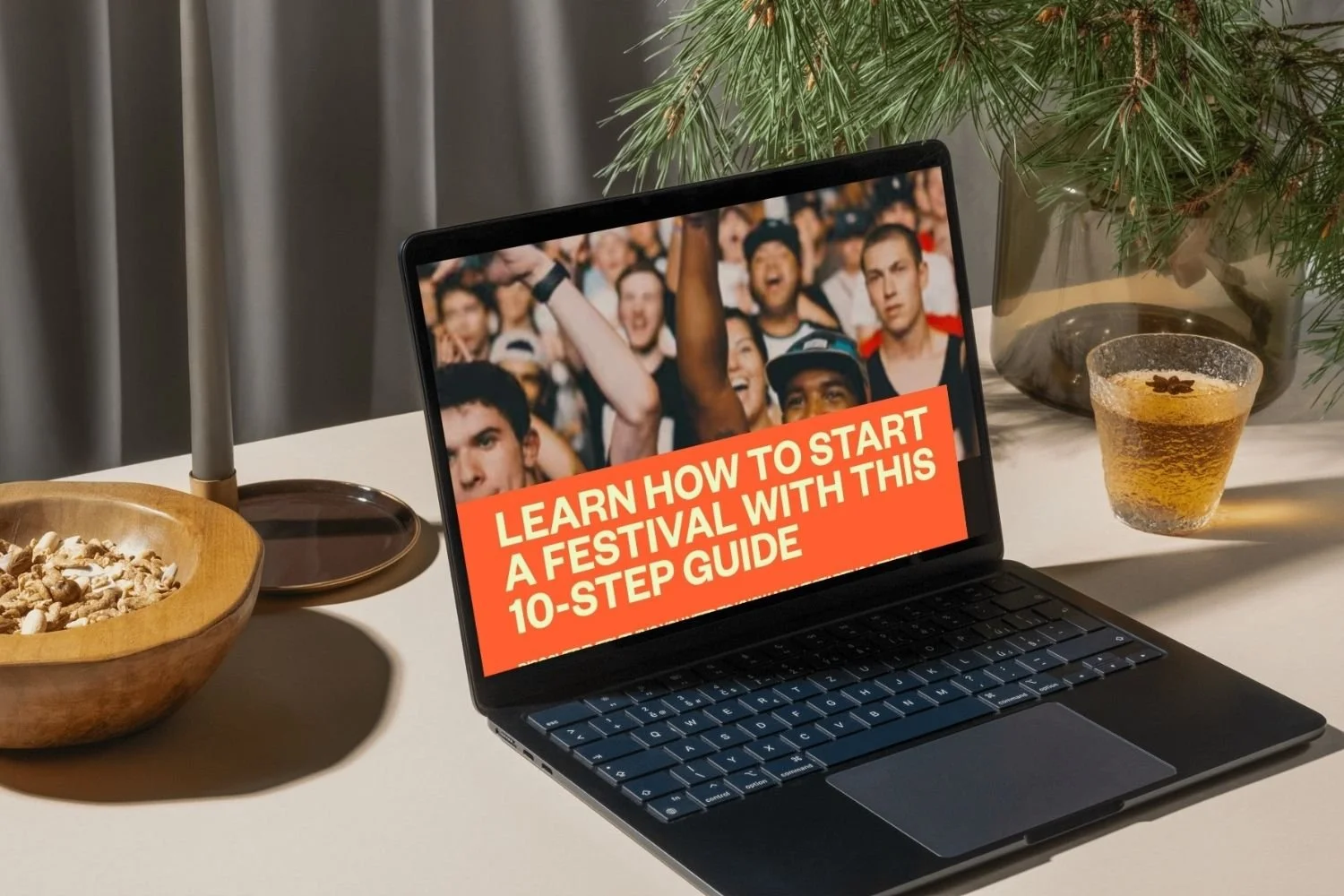Budgeting for Events: A Simple Framework
Budgets are often the most dreaded part of event planning.
They can feel restrictive, overwhelming, and downright dry. But here’s the truth: a good budget isn’t a barrier to creativity. It’s what makes creativity possible.
Whether you're planning a major public event or your first freelance gig, having a clear, simple budgeting framework saves time, prevents blowouts, and helps you make smarter decisions from day one.
This article gives you a practical system you can apply to any event, no matter the size or scope.
Step 1: Know Your Total Budget (And Be Honest About It)
It sounds obvious, but too many events start without a confirmed total budget.
You need a clear number, not a ballpark, not a maybe. Without it, you’re flying blind.
And if the budget is flexible, define what that means. What’s the hard cap? What’s negotiable? What are the priorities if trade-offs are required?
Clarity upfront gives you control later.
Step 2: Break It Down Into Key Categories
Every event has core spending areas. These will vary by type, but here’s a simple structure that works across most events:
Venue & Infrastructure (30–40%)
Includes venue hire, toilets, fencing, marquees, power, signage, cleaning, wasteOperations & Staffing (15–25%)
Includes crew, security, traffic control, volunteers, admin supportProgramming & Production (15–25%)
Includes entertainment, AV, lighting, staging, tech crewMarketing & Promotion (5–15%)
Includes social media, paid ads, PR, signage, collateralContingency (5–10%)
Always have a buffer. Unexpected costs will come up. This gives you breathing room.
If your event includes catering, merchandise, or travel, those will need their own categories too.
Step 3: Separate Fixed vs Variable Costs
Fixed costs don’t change much, no matter how many people attend. Venue hire, permits, or infrastructure often fall into this category.
Variable costs scale with size. Think: catering, furniture, wristbands, or toilets.
Knowing which is which helps you make fast decisions. For example, if numbers change, you know what costs will shift and what’s already locked in.
Step 4: Track Actuals Against Estimates
Budgets aren't “set and forget.” Build a system that tracks your actual spend against your forecast. Update regularly. Include dates of invoices paid and remaining amounts due.
This lets you spot overspends early, not once it’s too late.
Simple spreadsheet templates work well here. If you’re using a platform, make sure it allows detailed cost breakdowns (not just totals).
Step 5: Communicate With Transparency
If you're managing someone else’s budget, clarity is critical. Provide line-item summaries, show where savings or blowouts have occurred, and flag issues early.
If you're freelance or consulting, this also builds trust which leads to repeat business.
Bonus Tip: Don’t Apologise for Professional Estimates
If your client expects gold on a tin budget, don’t undersell your numbers just to keep them happy. Explain your costings. Stand by your process. You’re not being difficult, you’re being responsible.
Want more practical event planning tips? Bookmark these extra guides.
How to Build an Event Day Timeline
Leveraging ChatGPT in Event Planning: New Ways to Creativity & Efficiency
Final Thought: Budgets = Choice
A budget isn’t about cutting corners — it’s about making choices. With a solid framework in place, you’ll spend less time second-guessing and more time delivering an event that actually works.
Want help? Event Kit’s Budget Template makes it easy to track costs, update figures, and stay on top of your spend from day one.
You Might Also Like
Meet Your Mentor
Hey! I’m Rachella — founder of Event Kit and an Event Consultant with 25+ years of experience running world-class festivals and public events. I created Event Kit because I knew there had to be a smarter, less overwhelming way to plan pro-level events.
EVENT KIT LIBRARY
Guides & Tutorials: Expert Insights & Event Planning Inspiration
Your go-to for practical event planning advice, from beginner basics to smart professional development.













